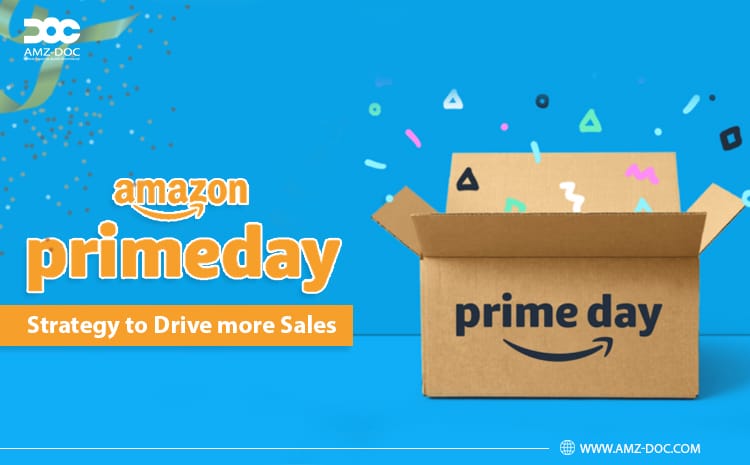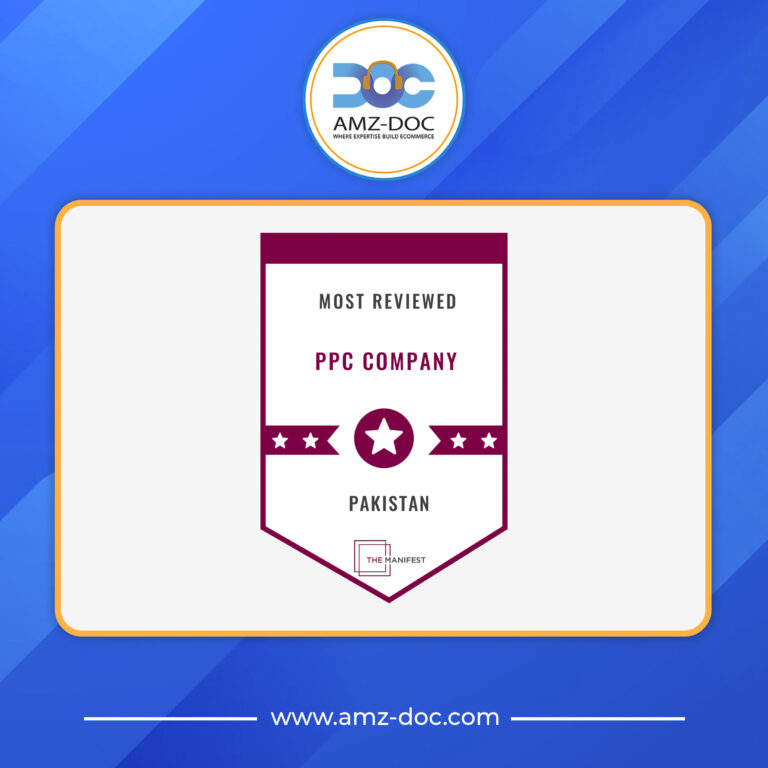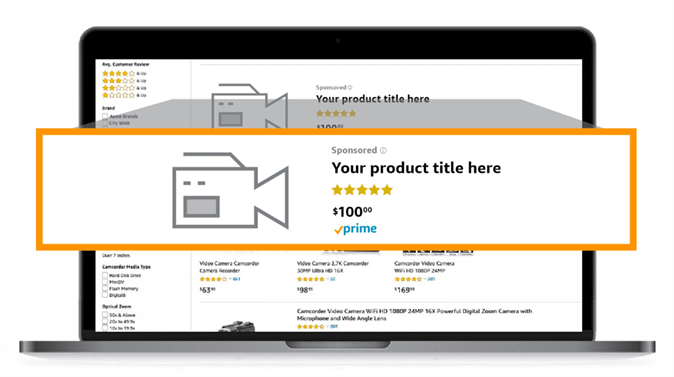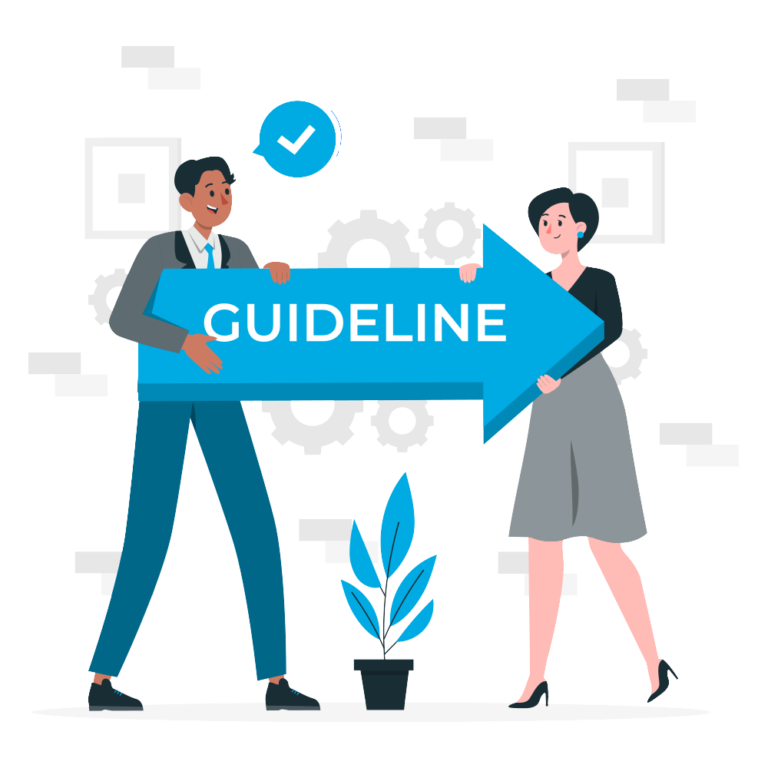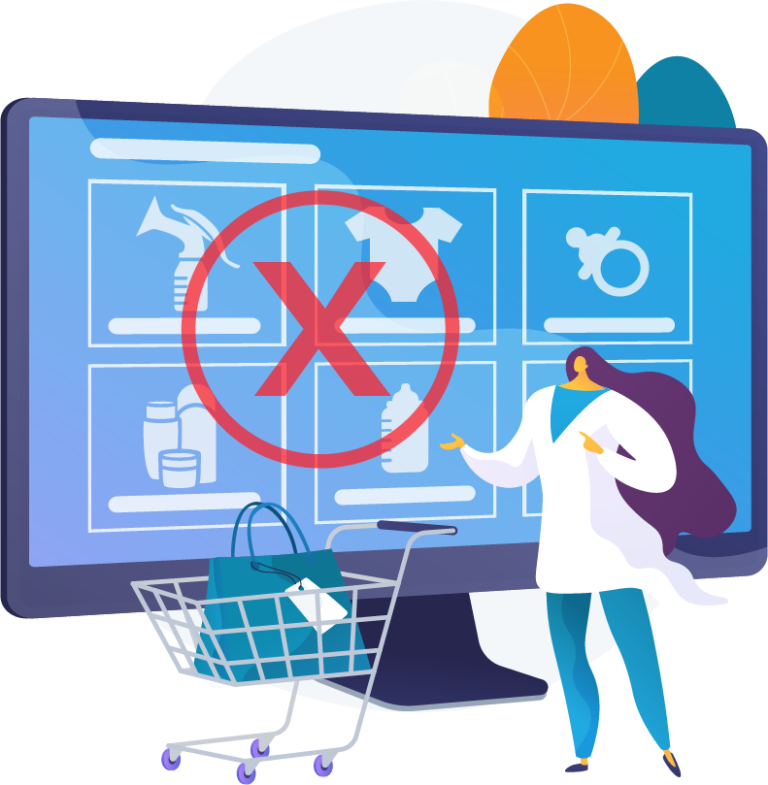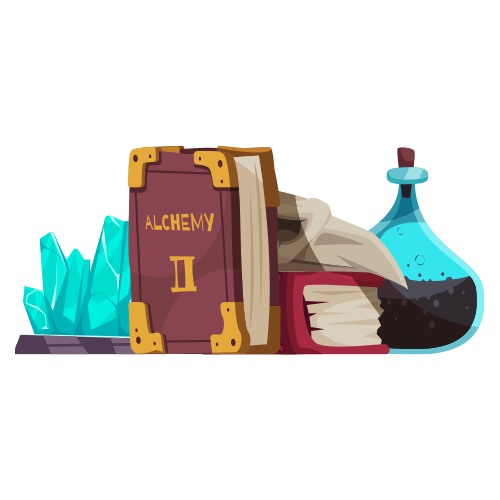Explore Our Product Launching Service – Learn More
Explore Our Product Launching Service – Learn More

This is one of the lengthier tutorials in the course, and it will likely take the most time for you to complete. Once you’ve done this once, you’ll be able to choose your second, third, and subsequent products in a day or less. You’ll eventually be able to create Lists of ten or more products in less than two hours. But it’s fine if it takes you a week or two to finish the first time (or even a few weeks!). This is not a competition!!
So, the first thing we’ll do is go to Amazon.com or the marketplace where you plan to sell. Click the hamburger menu button on the left, towards the top of the screen, and scroll down to ‘Full Store Directory.’ Ignore Amazon Music, Prime Photo, Appstore, Kindle, Echo, Fire, Books, Home Services, Credit, Software, Live, Subscription Boxes, Video Games, Movies, and Television. You will be routed to a page that lists all of Amazon’s selling categories. These categories are often closed to third-party suppliers. There are some ‘restricted‘ categories as well. To sell in these categories, you must first obtain clearance.
1. Fine Art
2. Watches
3. Music
4. Transportation
5. Decorative items
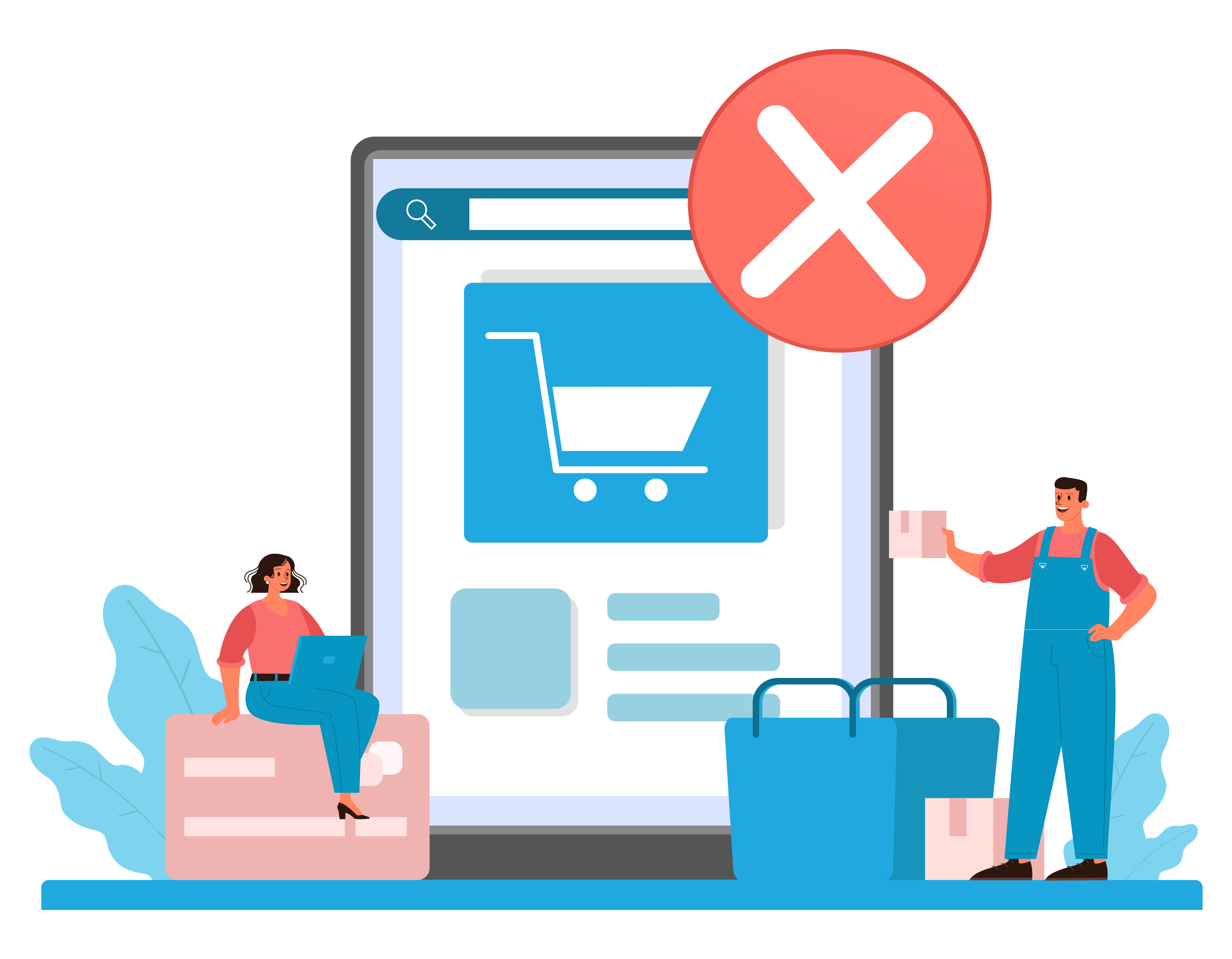
NOTE: Please keep in mind that this list is subject to change.
See the lessons on determining whether your product needs approval. There are thousands, if not millions, of categories and goods to pick from.
You will be selecting five goods. You’ll have to pick one of them in the end.
However, you will choose 5 because when we move on to the following module (Finding a Provider), you will need to find a supplier.
Wish to have a lot of choices
1. Non-perishable
2. Lightweight
3. Compact (not bulky)
4. Does not enter or remain on the body (not edible or topical)
5. Prices range from $15.99 to $40. (Approximately)
6. For the Amazon.com marketplace, a Best Seller Rank (BSR) of between 100 and 10,000
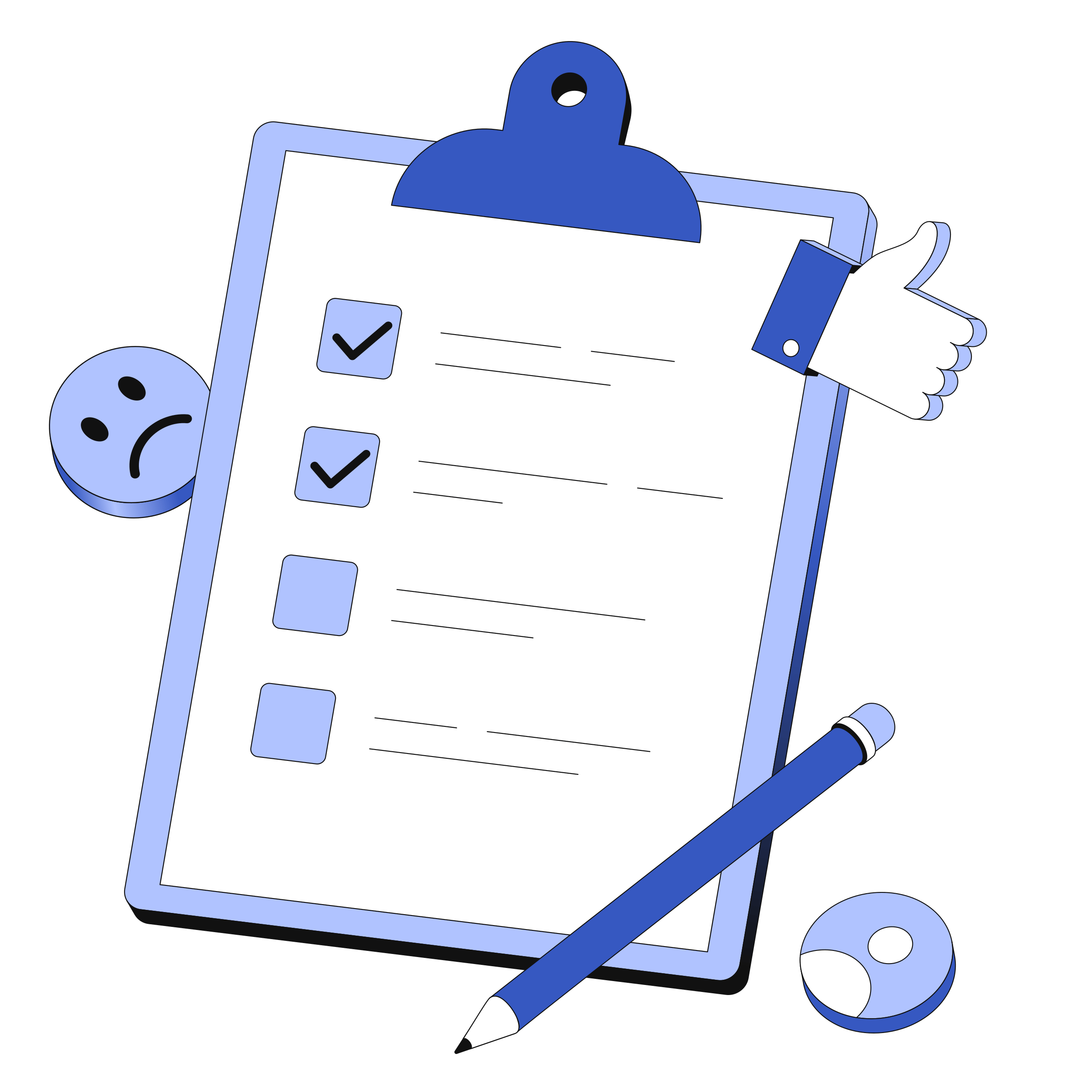
Non-perishable because, as a new seller, you don’t want to be concerned about ‘use by’ or ‘sell by’ dates. For shipping purposes, it is reasonably light. Small and lightweight to save on shipping costs. Liability and other considerations apply to anything that is consumed or applied topically. The selling price is related to profit margins and costs (more on that later in the course), and the BSR criteria are intended to assist us in selecting products with high selling potential.
1. Non-perishable
2. Lightweight
3. Compact (not bulky)
4. Does not enter or remain on the body (not edible or topical)
5. Prices range from $15.99 to $40. (Approximately)
6. For the Amazon.com marketplace, a Best Seller Rank (BSR) of between 100 and 10,000
It’s vital to note that not every category sells the same amount of merchandise. A BSR of 10,000 in one category may merely indicate that the product sells one or two units per day. In another category, it can be 50 units per day.
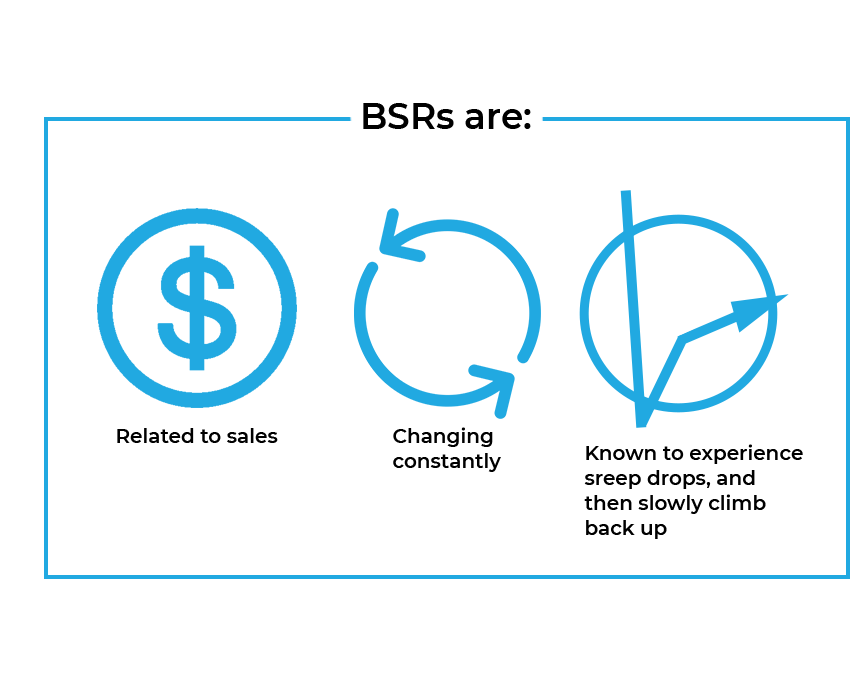
To begin, how do you know if a product’s BSR (Best Seller Ranking) is low enough to make it a feasible option? Remember that the lower the BSR, the more of that particular substance is present. The item is being sold. We’ve already discussed the fact that a BSR of 10,000 in one location A BSR of 10,000 in one category may be substantially different from a BSR of 10,000 in another. For instance, in the because it’s a kitchen and dining category, a BSR of 10,000 would still generate respectable sales. This is a category with a lot of traffic. If, on the other hand, your BSR was 10,000 and you were in the For example, in the musical instruments category, you’d be lucky to sell one unit per day.
Experience is one approach to learn about the many categories and the various volumes that each category produces. To begin, since you are unlikely to have prior expertise, you can use FBA Toolkit to estimate sales volume. Only Amazon.com is supported by FBA Toolkit. You might also utilize a paid tool for other markets. There is one mentioned in the next lessons. To make things easier for you, I’ve divided the primary categories into three groups: high, medium, and low sales volume.

Competition is the reason we don’t do it. There will always be competition, which is a good thing, but the competition in the top 100 best sellers is typically strong. If you go to the top 100 best sellers in Home and Kitchen and scroll down, you’ll notice products with thousands of reviews. These are frequently well-known brands, like as Brita and Thermos. Now it’s your turn to speak. You already know more about choosing successful things to sell than 90% of Amazon merchants. Locate five prospective goods that meet all of the requirements.
They are as follows:
• Price ranges from $15.99 and $40 (do not go lower than $15.99).
• Compact size (less than 1lb if possible.)
• Small
• It is non-perishable.
• Does not enter or remain on the body (not edible or topical)
• Isn’t among the top 100 best-selling books in the category.
• BSR is less than 10,000.

Some of the guidelines must be adjusted when Looking for possible products to sell on different Marketplaces. The BSR and the CSR are the two things That will need to be changed price of sale

Non-perishable because, as a new seller, you don’t want to be concerned about ‘use by’ or ‘sell by’ dates. For shipping purposes, it is reasonably light. Small and lightweight to save on shipping costs. Liability and other considerations apply to anything that is consumed or applied topically. The selling price is related to profit margins and costs (more on that later in the course), and the BSR criteria are intended to assist us in selecting products with high selling potential.
We don’t pay attention to a new marketplace.
When a marketplace is relatively new, we don’t have any real data about sales volume. In Fact, this can be the case until a marketplace is a few years old. In these cases, we know the Sales volume is low in comparison to Amazon.com. We may not know how low, but us Know it is low because marketplaces take years to develop and get established. My recommendation for these marketplaces is to choose products with low BSR’s (a low Figure). Even consider products with a BSR in the top 100 best sellers. It’s still a good idea to Avoid the top 20 best sellers, but it may not be necessary to avoid the entire 100.
When compared to the Amazon US marketplaces, the selling charges in the UK and European marketplaces are slightly greater. These expenses are deducted from your earnings, but they must still be considered. I propose looking for products with a selling price between £14 and £40 on the UK market. €16 – €40 for EU marketplaces Make the currency conversion from US dollars for the Canadian and Australian marketplaces. Any other marketplace will require your own assessment; however there is a lesson later in the course titled ‘Calculating Your Profit Per Unit Sold.’ This course enables you to determine whether or not you can profit based on the price.

